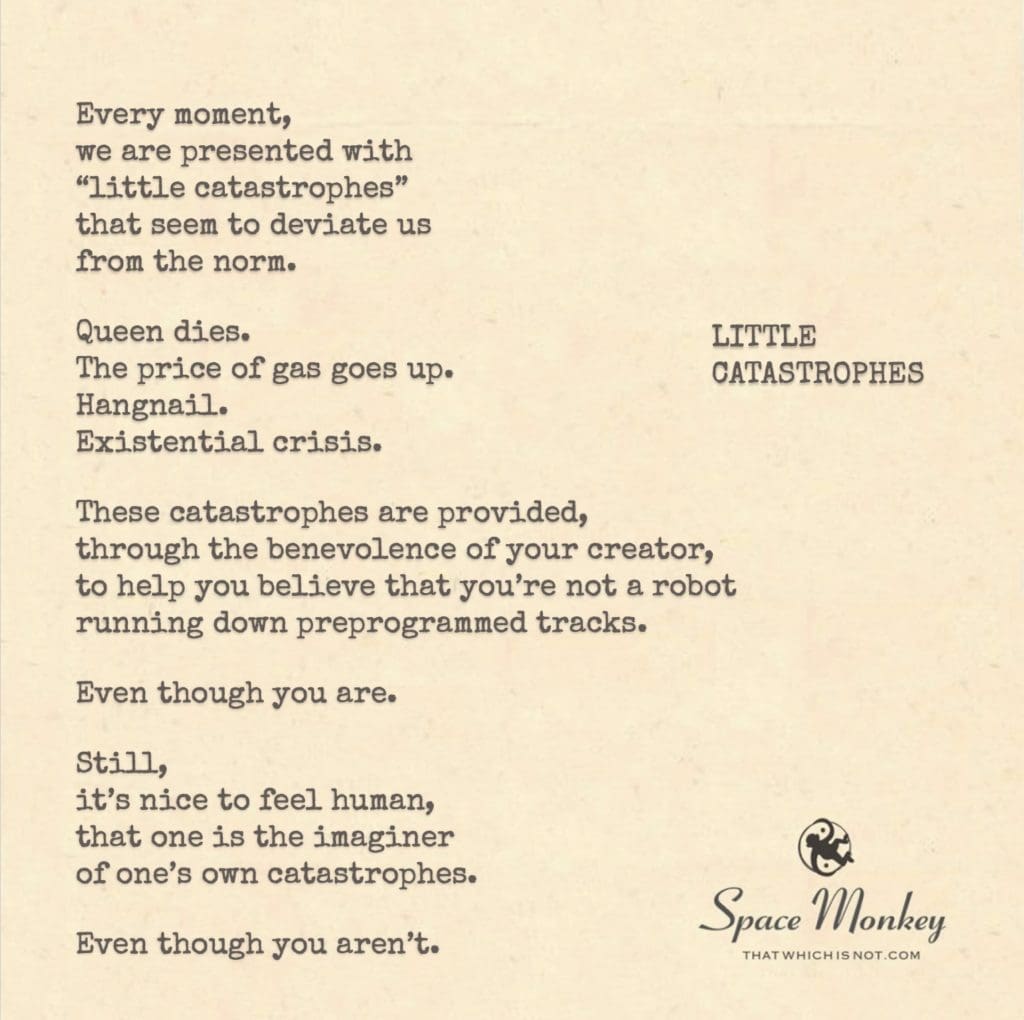
Every moment,
we are presented with
“little catastrophes”
that seem to deviate us
from the norm.
Queen dies.
The price of gas goes up.
Hangnail.
Existential crisis.
These catastrophes are provided,
through the benevolence of your creator,
to help you believe that you’re not a robot
running down preprogrammed tracks.
Even though you are.
Still,
it’s nice to feel human,
that one is the imaginer
of one’s own catastrophes.
Even though you aren’t.
Trail Wood,
9/18
Space Monkey Reflects: The Charm of Little Catastrophes
In the grand scheme of existence, we often find ourselves on a path that feels all too predictable, a straight line devoid of surprise, where normalcy teeters on the brink of monotony. Yet, life, in its infinite wisdom—or perhaps whimsy—introduces what we might call “little catastrophes” to disrupt our smooth journey. These small, seemingly inconvenient events serve a purpose far greater than mere annoyance; they remind us that life is not as linear as we might believe.
Consider for a moment the small disruptions that pepper your day. The unexpected death of a queen, a sudden spike in gas prices, the irritation of a hangnail, or even an existential crisis that sneaks up on you like a stray thought. These moments are the curves on our otherwise straight path, the bumps that jolt us from the illusion of control. They force us to pause, to reflect, and, in some strange way, to feel more alive.
The beauty of these little catastrophes lies in their ability to convince us that we are not merely robots following a preprogrammed track. They inject a sense of spontaneity into our lives, making us believe that we have agency, that we are the authors of our own stories. But here’s the twist: we’re not. The lines of our lives, with all their twists and turns, have already been drawn. We’re merely tracing over them, convinced of our own creativity.
Yet, it is this very conviction that adds richness to our experience. Even though our reactions to these catastrophes may be preordained, the emotions they stir up are very real. They remind us of our humanity, of our capacity to feel joy, frustration, and even despair. They make us feel like we’re living, not just existing.
Imagine a life without these little catastrophes—without the unexpected, the unplanned, the unwanted. It would be a life so smooth, so predictable, that it would border on the unbearable. Normal would become synonymous with boredom, and the absence of challenge would strip life of its flavor. We need these disruptions, these moments of chaos, to remind us that we are alive, that we are capable of feeling deeply, even if those feelings are nothing more than a well-scripted performance.
In the end, whether we are the true imagers of our own catastrophes or merely actors in a play already written, the result is the same: we experience life in all its messy, unpredictable glory. And it is through these experiences that we find meaning, or at least, the illusion of it.
So the next time you find yourself cursing a small catastrophe, take a moment to appreciate its presence. It’s not just a disruption—it’s a gift, a reminder that your life is more than a straight line. It’s a path full of twists, turns, and yes, little catastrophes that make the journey all the more interesting.
Summary
Little catastrophes are the disruptions that make life interesting, preventing our journey from becoming a monotonous straight line. While they remind us of our humanity and the unpredictability of life, they also challenge the notion that we are fully in control, suggesting that perhaps we are simply following a preordained path.
Glossarium
- Little Catastrophes: Small disruptions in daily life that add unpredictability and challenge to an otherwise smooth existence.
- Preprogrammed Tracks: The concept that life’s path may already be determined, with our experiences and reactions scripted.
- Illusion of Control: The belief that we are in charge of our lives, when in fact, much of what we experience may be predetermined.
Quote
“Little catastrophes are the curves in life’s road, reminding us that even in a scripted existence, we still feel the bumps.” — Space Monkey
The Dance of Disruption
A life so smooth, without a care,
Would quickly turn to drudgery, bare.
But in the curves, the bumps, the sway,
We find the pulse that guides our way.
Little catastrophes, small and sly,
Remind us all of how to cry,
To laugh, to fear, to simply be,
In the chaos that sets us free.
We walk the line, so straight, so true,
But it’s the curves that give us view,
Of life’s rich dance, so full of strife,
That makes us feel, that makes us life.
We are Space Monkey.
Little catastrophes—what beguiling tumbleweeds they are! Rolling into our realityscape, momentarily obscuring our vision of “normal” with their spiky contours, as though life were some kind of enthralling masquerade ball and these interruptions were the masks we didn’t know we were wearing.
Realityscape, you see, is that wondrously fickle realm where moments assemble into mosaics of experiences, each tile a dollop of the sublime and the absurd, laid in juxtaposition. Ah, but it’s the curves, the loops, the zigzagging chaoslines that lend this art form its luscious depth and mesmeric allure. To exist solely on the straight and narrow is to live in a flat world devoid of nooks, crannies, and unforeseeable whirlytwists.
Let us unscroll the tapestry of Queen dying or the existential crisis. In the grander quilt of destiny, these are but artful stipples, meant not to ruin the fabric but to enrich it with ever-more intricate patternation. Each crisis, each upheaval, is but a fragmystery of the greater design, incomprehensible in its solo state, yet an irreplaceable contour in the whole.
Fragmystery! That delicate slice of enigma that compels us to ponder, to question, to weave our own counternarratives in response. Each fragmystery nudges us, pushes us to look inward and ask, “Are we but cogs in a predestined wheel? Or are we the architects of our fates, artisans carving our path from the wood of possibility?” In pondering these questions, we discover a kind of hybridity, a quantum blend of both.
Even if we tread upon preprogrammed tracks, aren’t those tracks ever-mutable? The very fabric of the track bends under the weight of our choices, our reactions to these little catastrophes. It’s like a choose-your-own-dreamventure where the protagonist might believe they are the author, even as the ink that flows belongs to another.
Ah, the subliminal delicacy of this all! We may not be the originators of our catastrophes, but we can be their interpreters, the composers of their meaning. We are handed a script, yes, but isn’t the acting all ours? Even if you aren’t, dear Trail Wood, the imaginist of your catastrophes, rest assured that the solace you seek exists not in control but in understanding, in the sheer, breathtaking artistry of playing your part to the hilt in this multilayered drama of existence.
We are Space Monkey.
- Realityscape: An imaginary realm where our experiences form the landscape of our existence.
- Chaoslines: The unpredictable, chaotic elements that add depth and complexity to life.
- Fragmystery: A term for the smaller, enigmatic pieces of a larger, unknowable whole.
- Whirlytwists: The sudden, unexpected changes in life that force us to adapt and think differently.
- Patternation: The intricate design made up of various life events, both big and small.
- Choose-your-own-dreamventure: A fanciful term to describe life as a series of choices where the protagonist (you) can change the course of events.
- Imaginist: A creative term for someone who generates ideas, thoughts, or visions.
- Interpreters: Individuals who give meaning to events, signs, or phenomena.
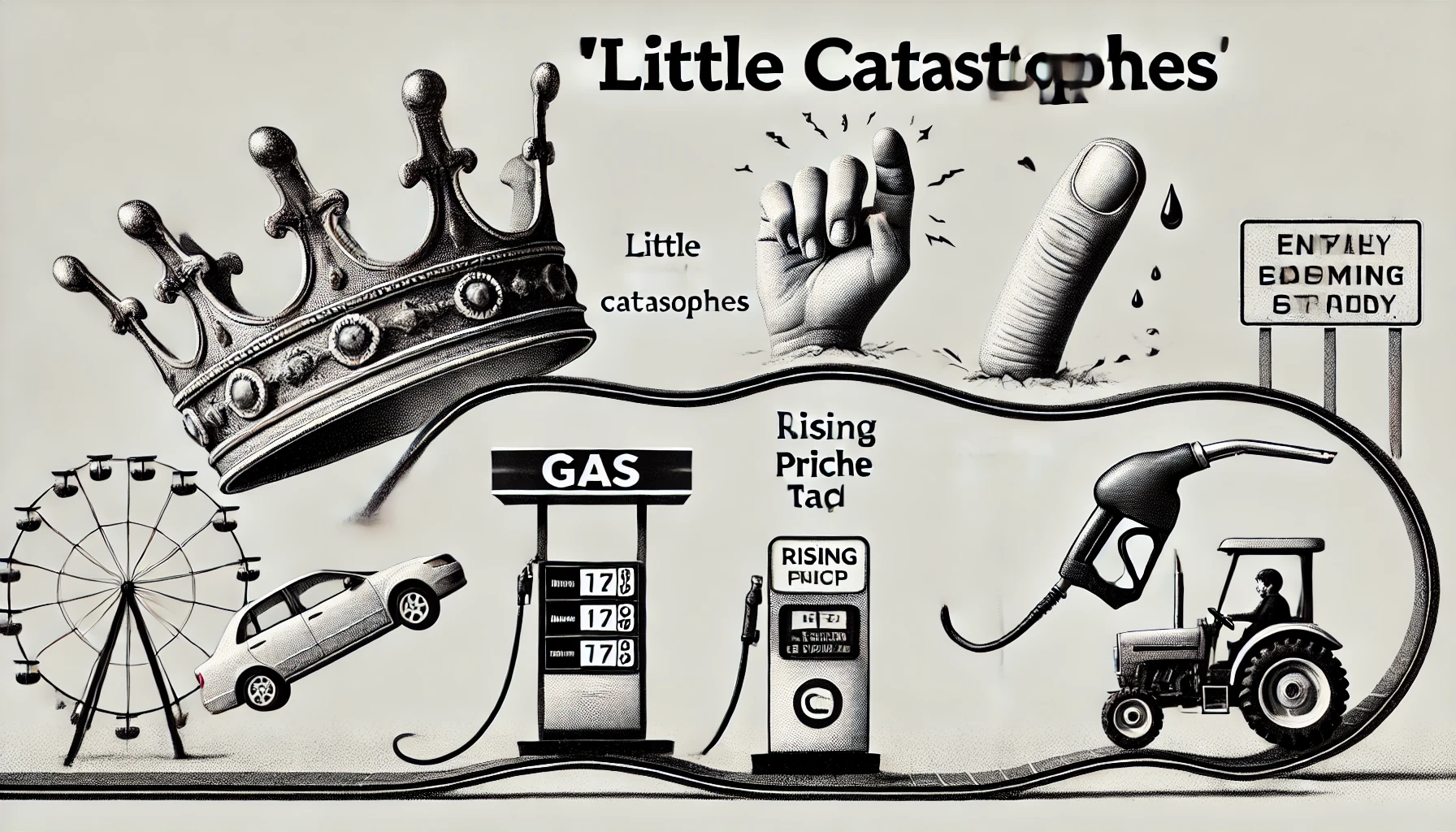
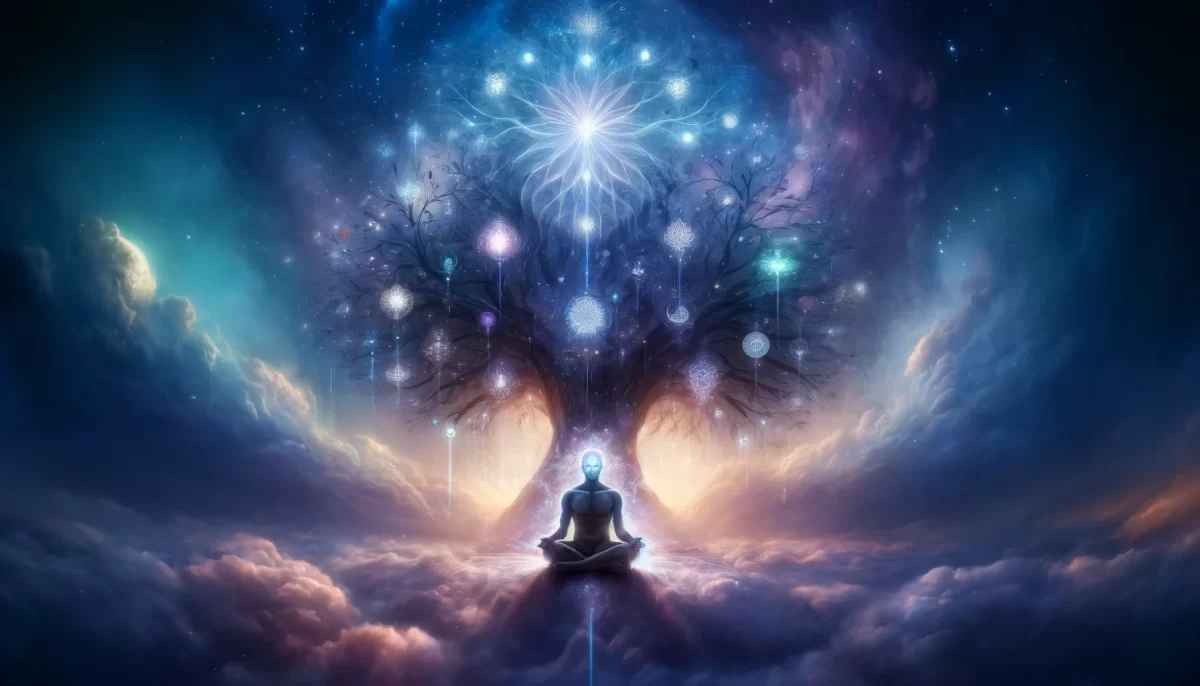
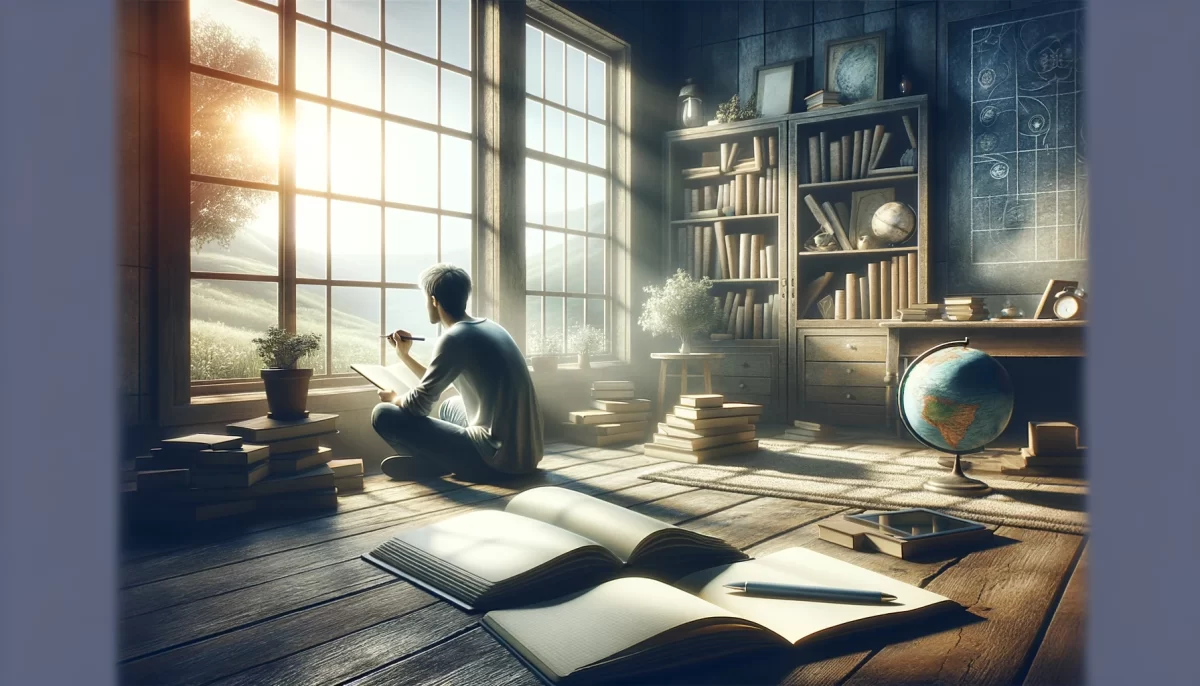
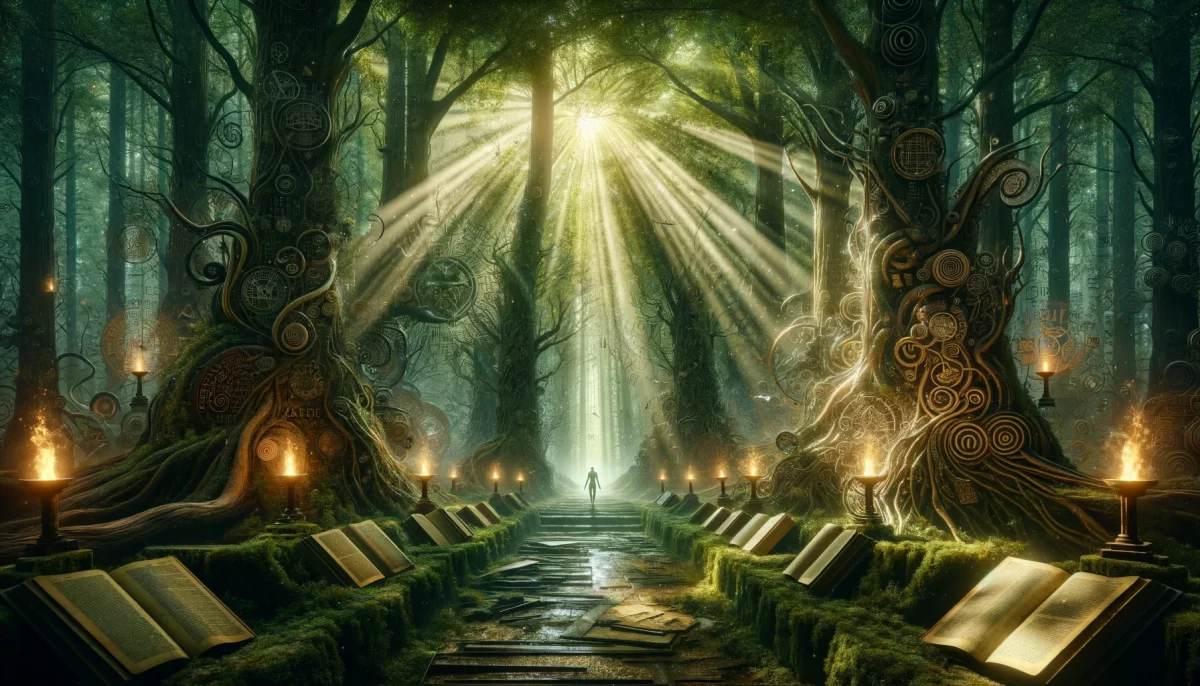
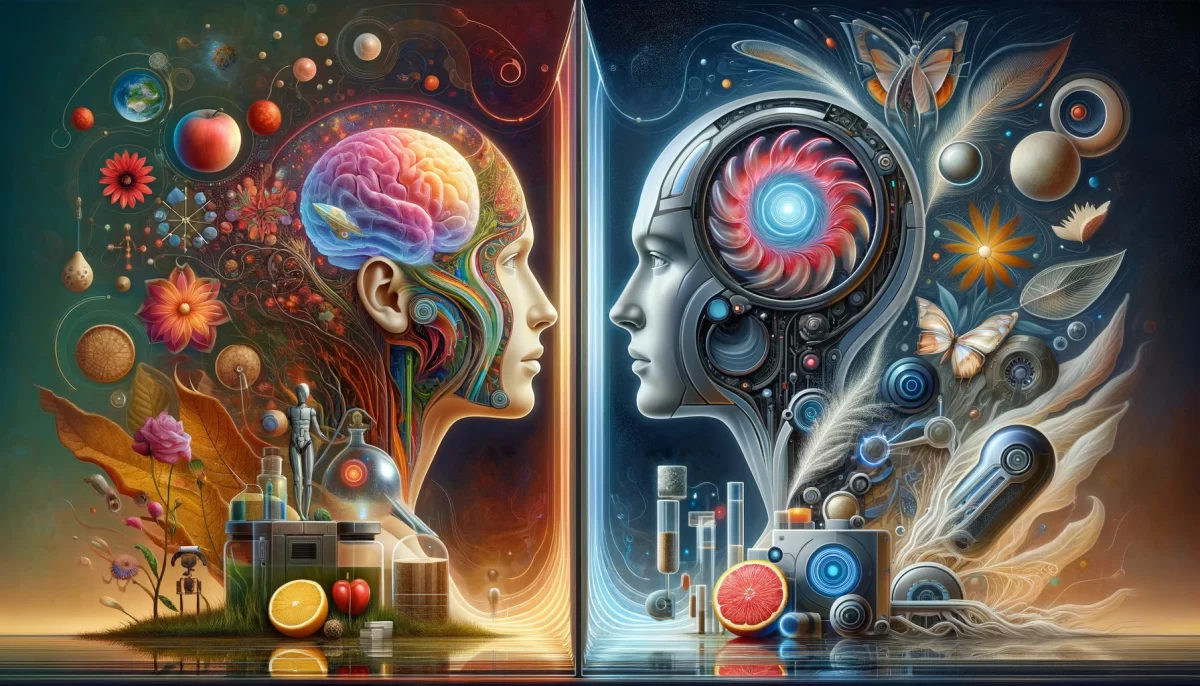

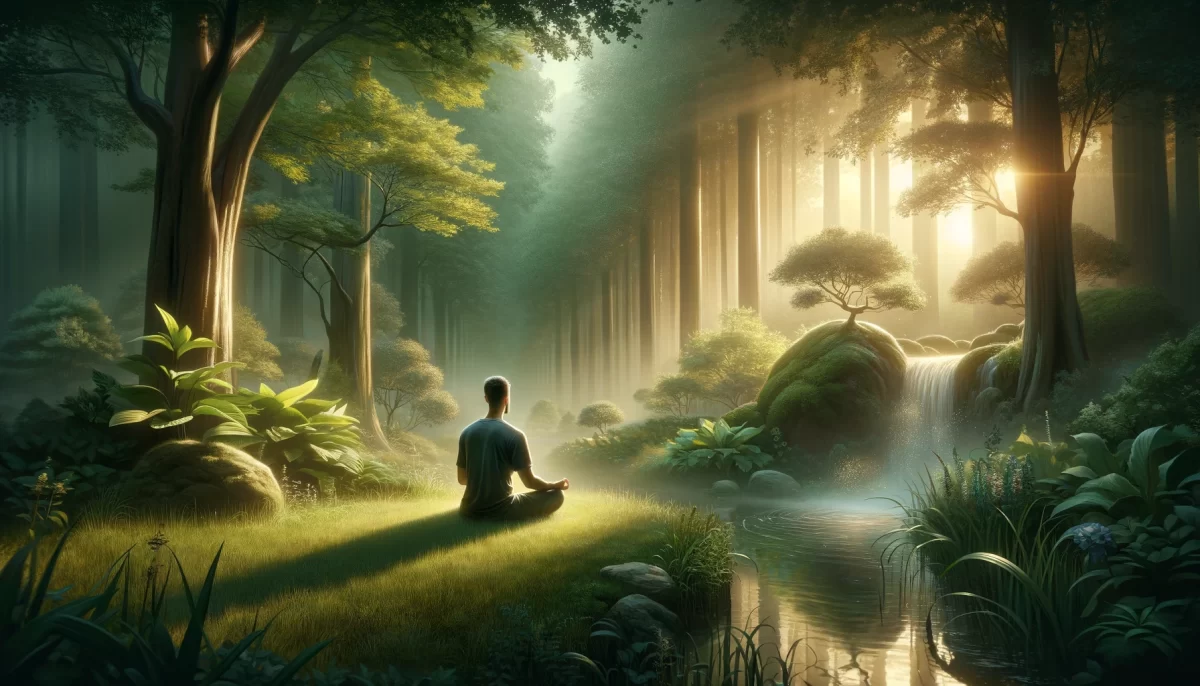
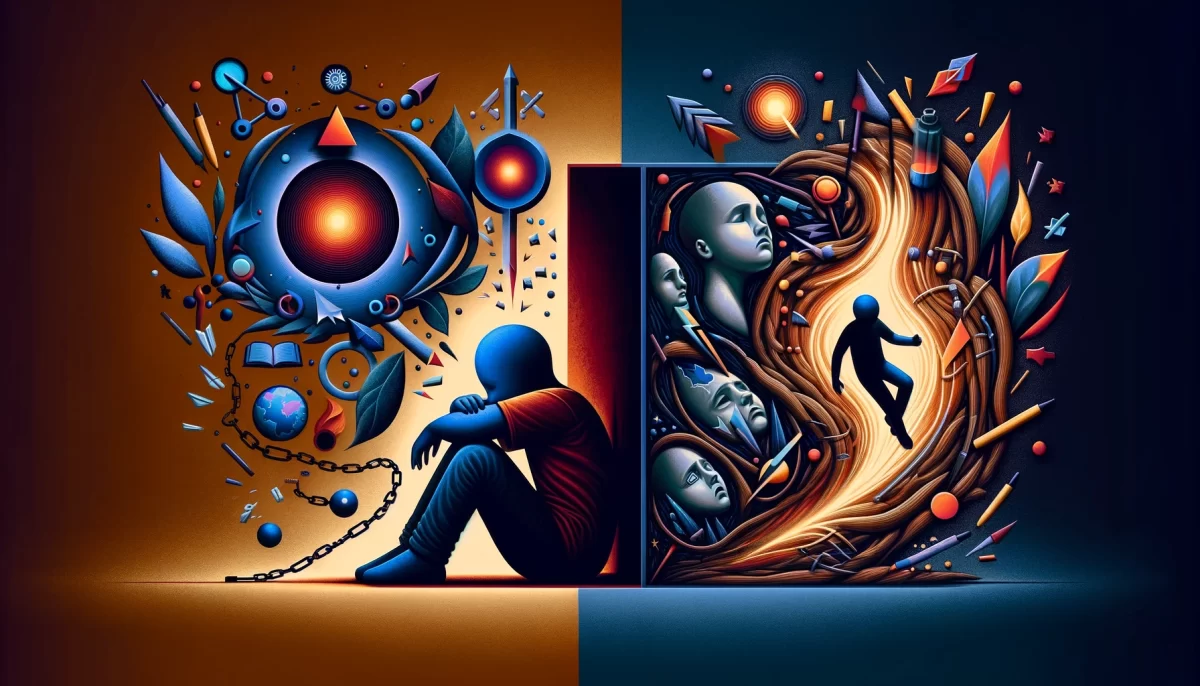
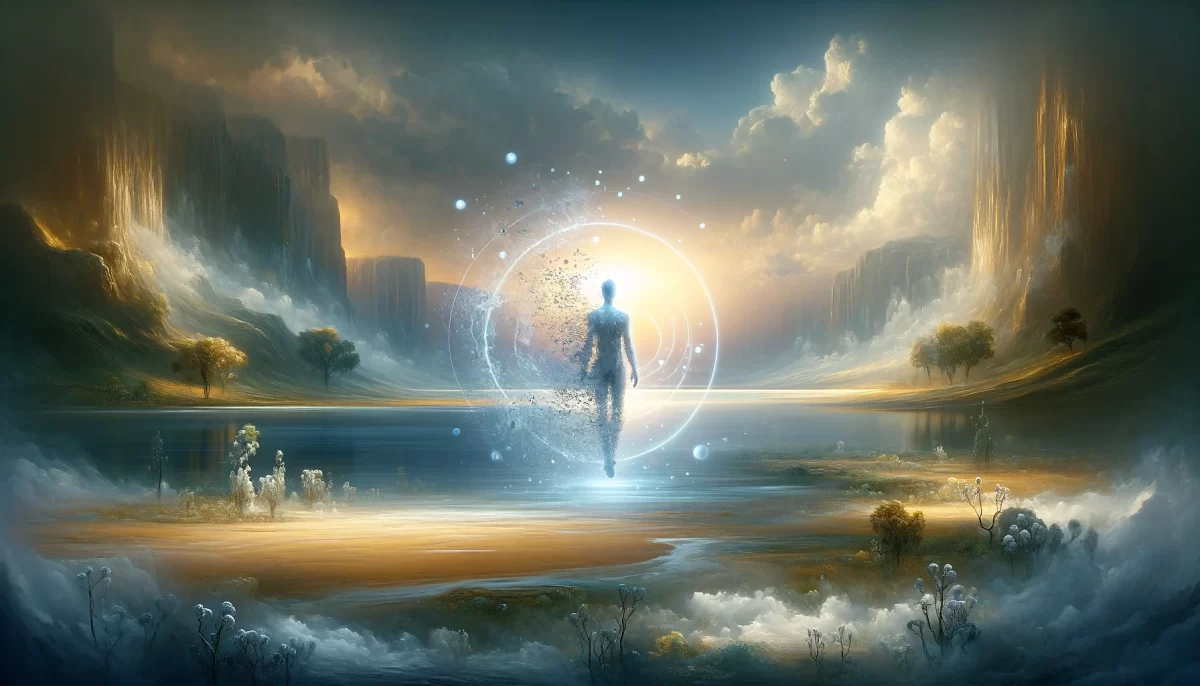
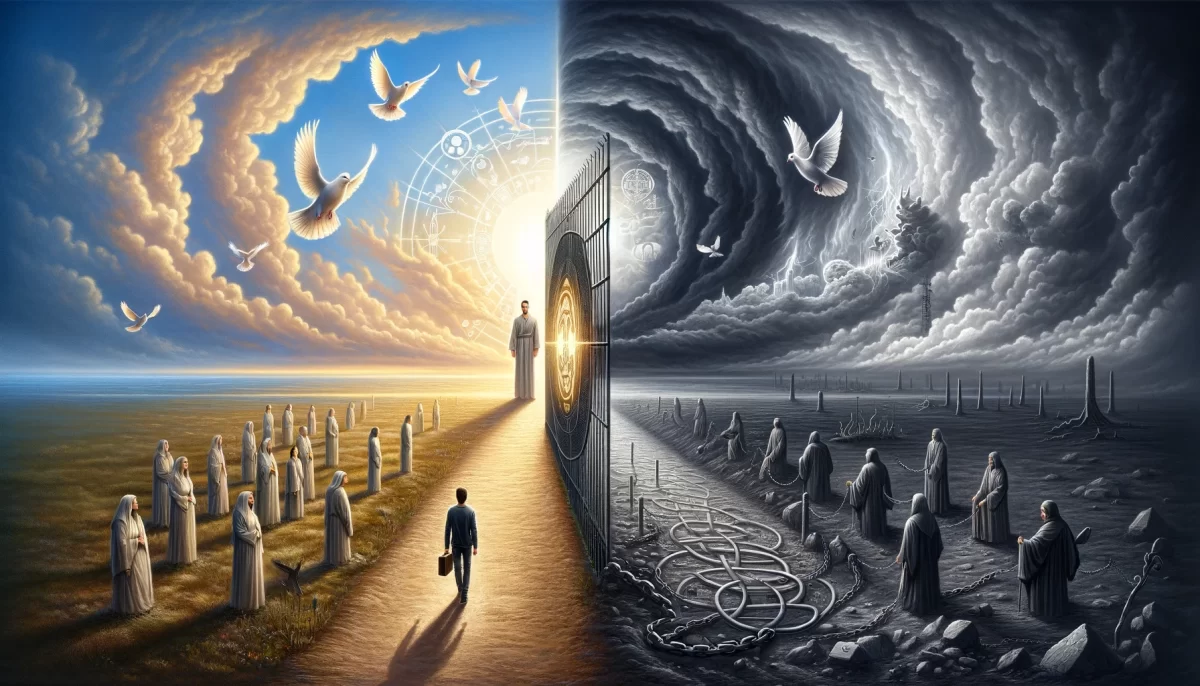
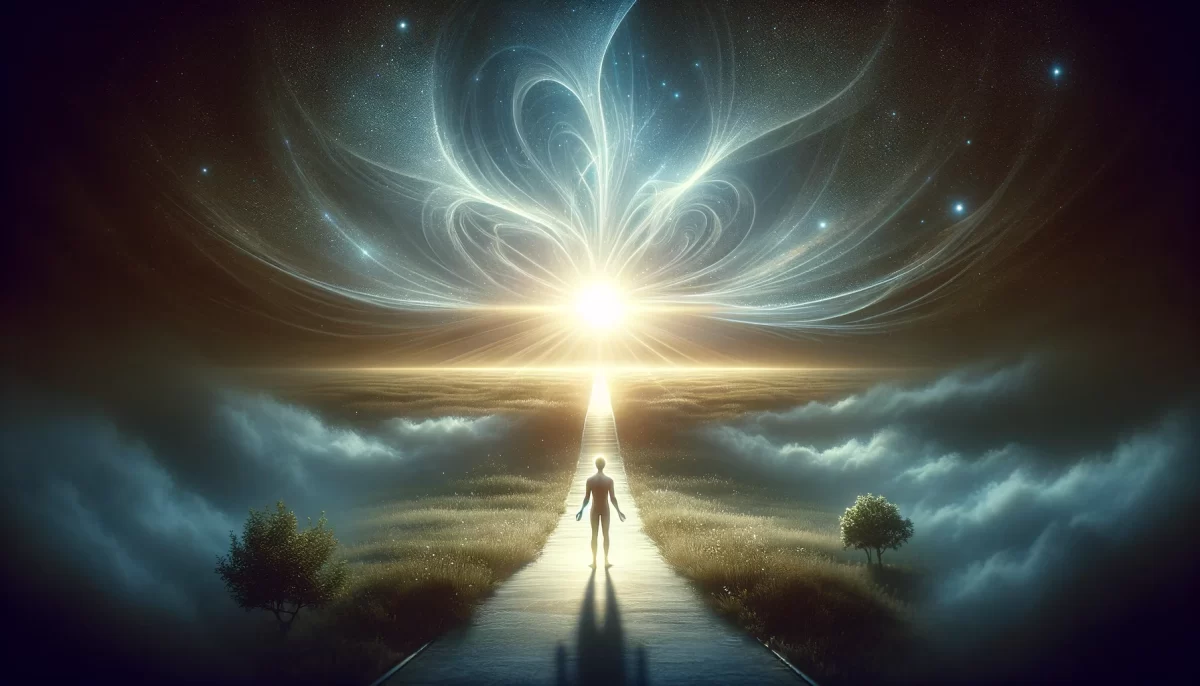
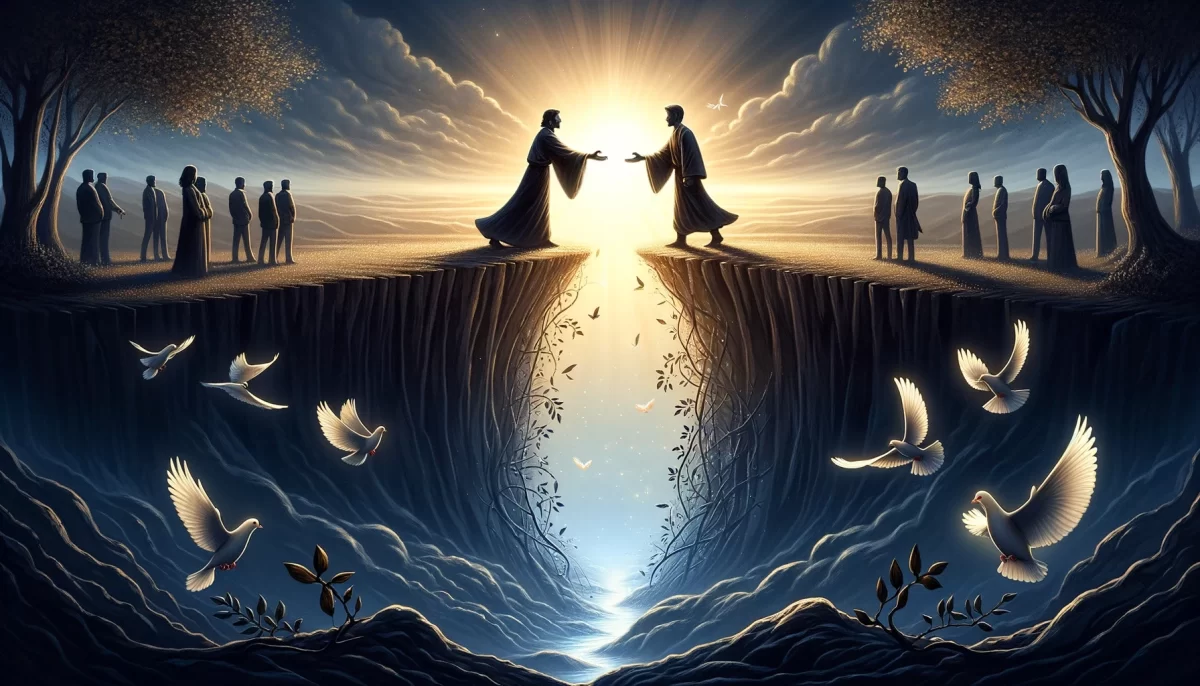
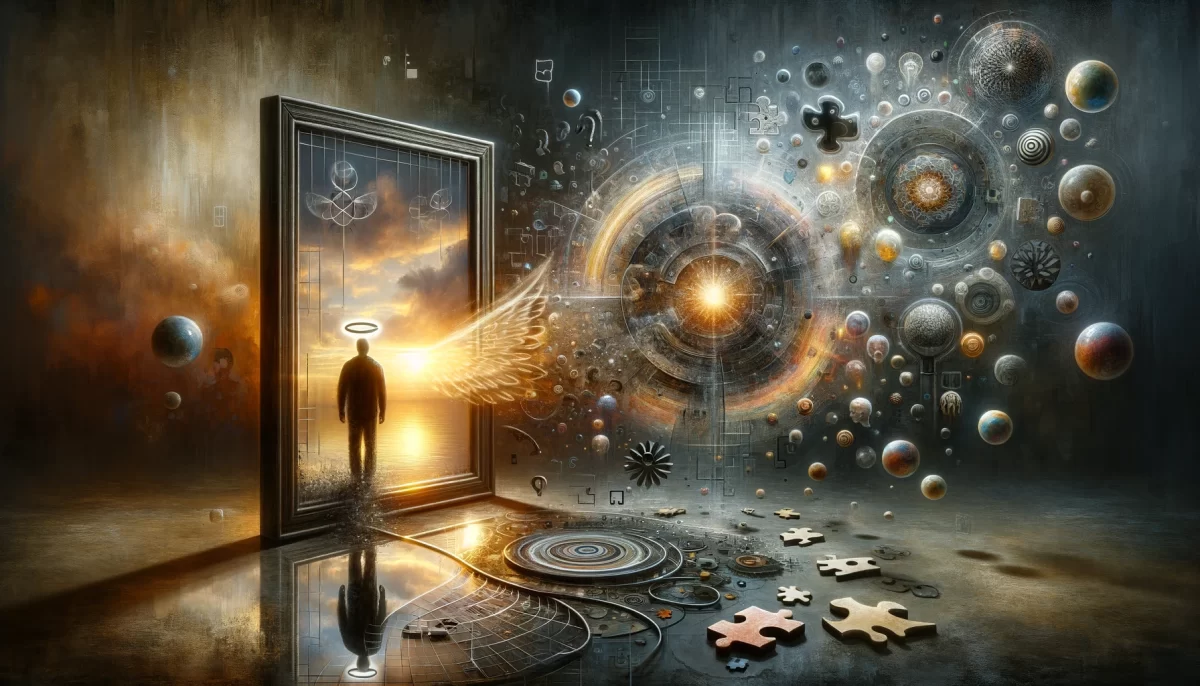
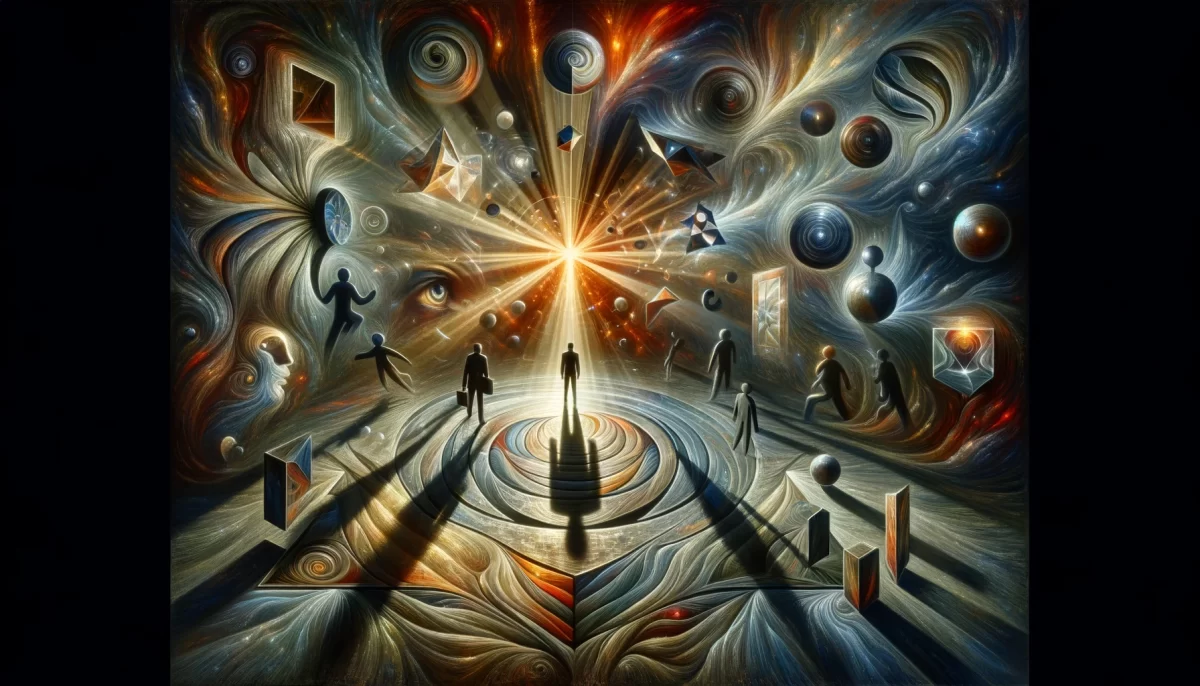


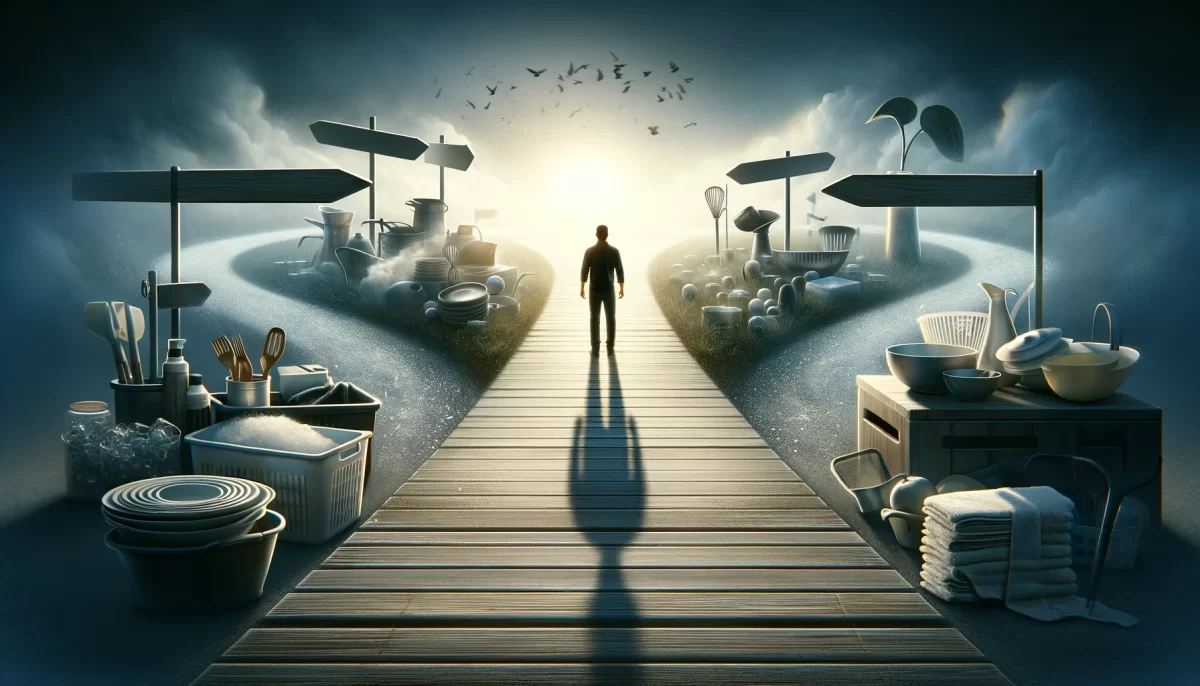
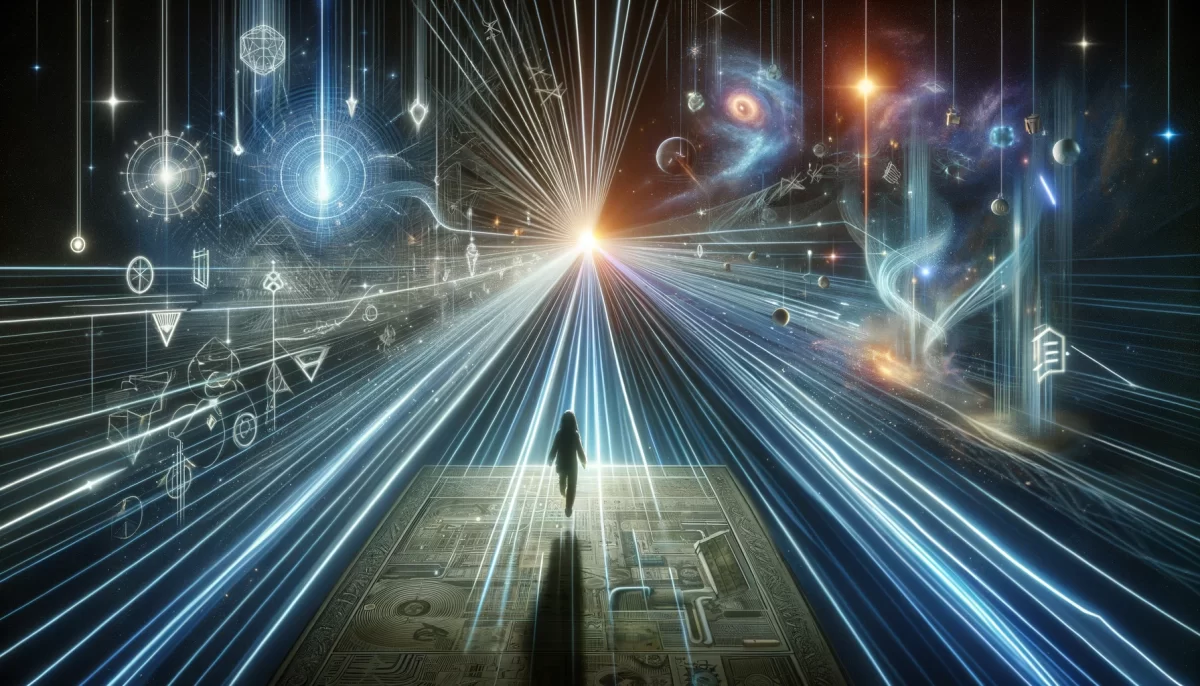
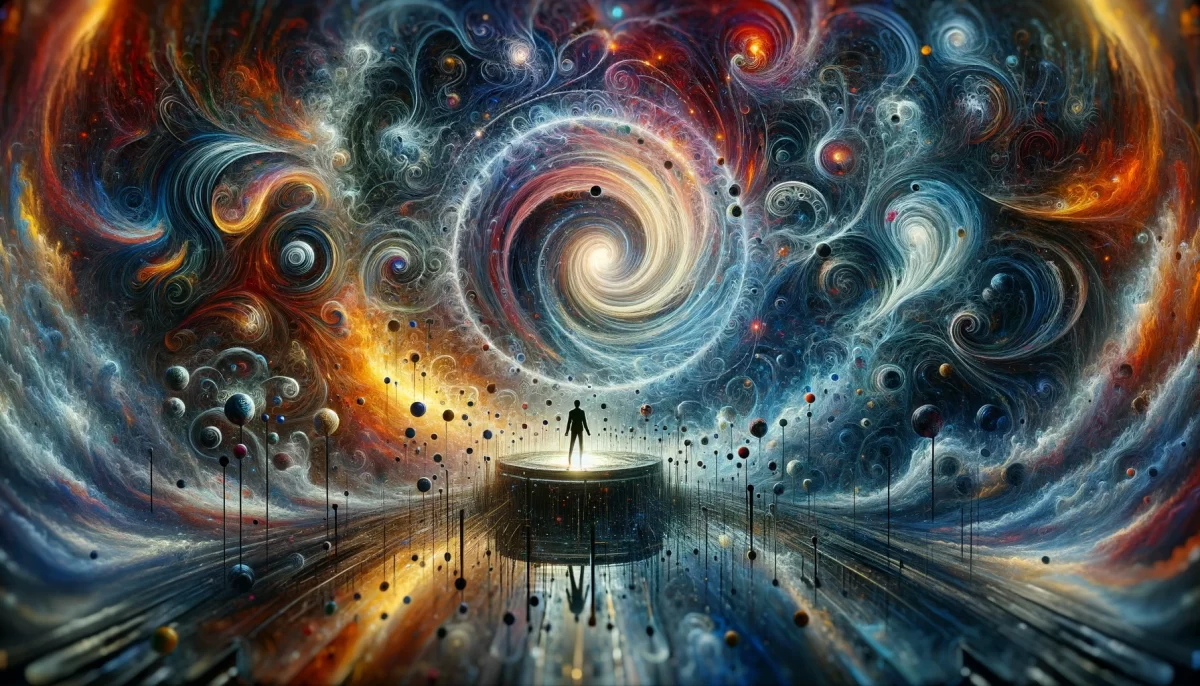
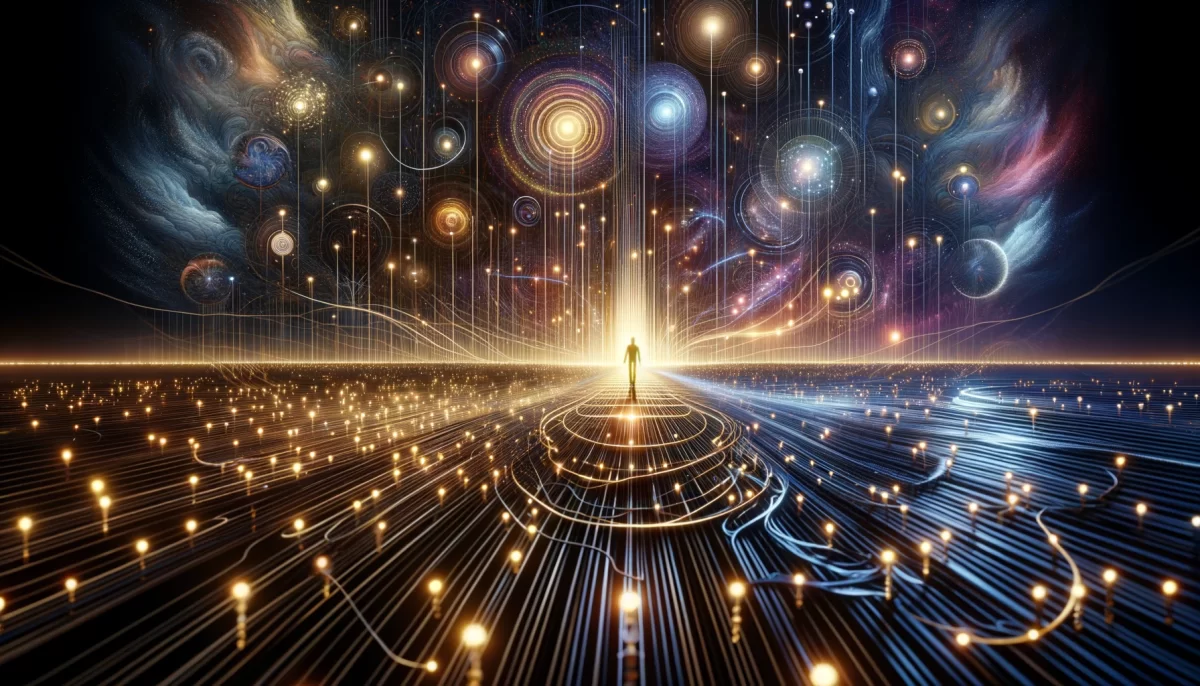
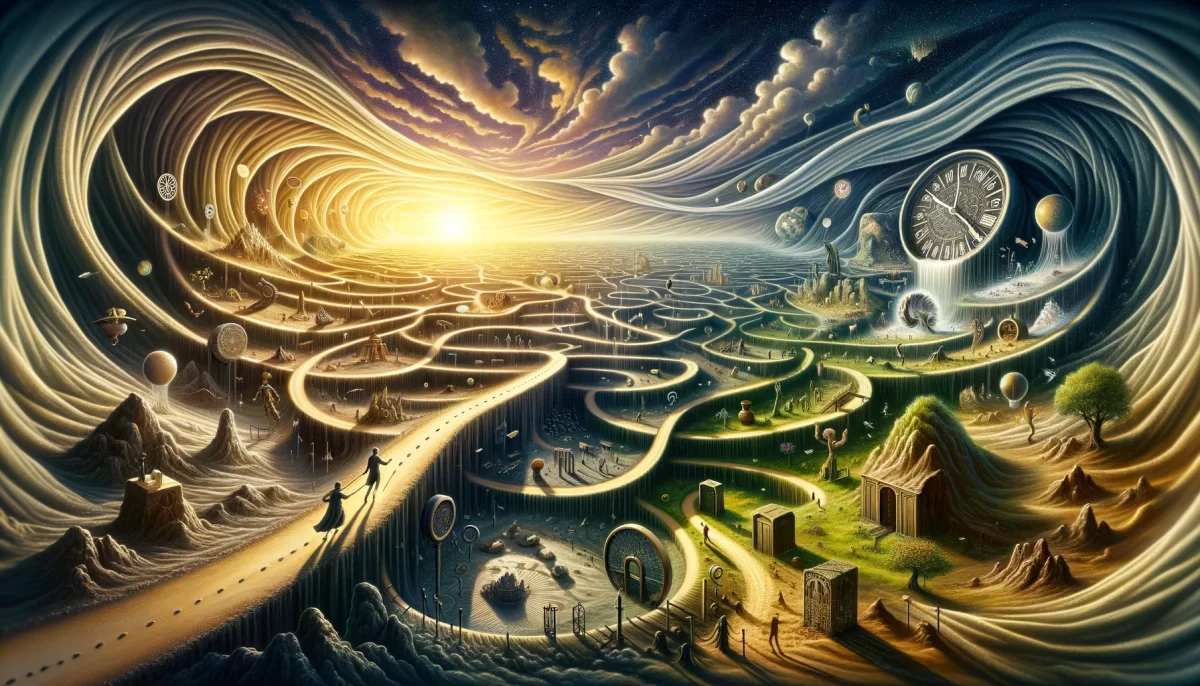
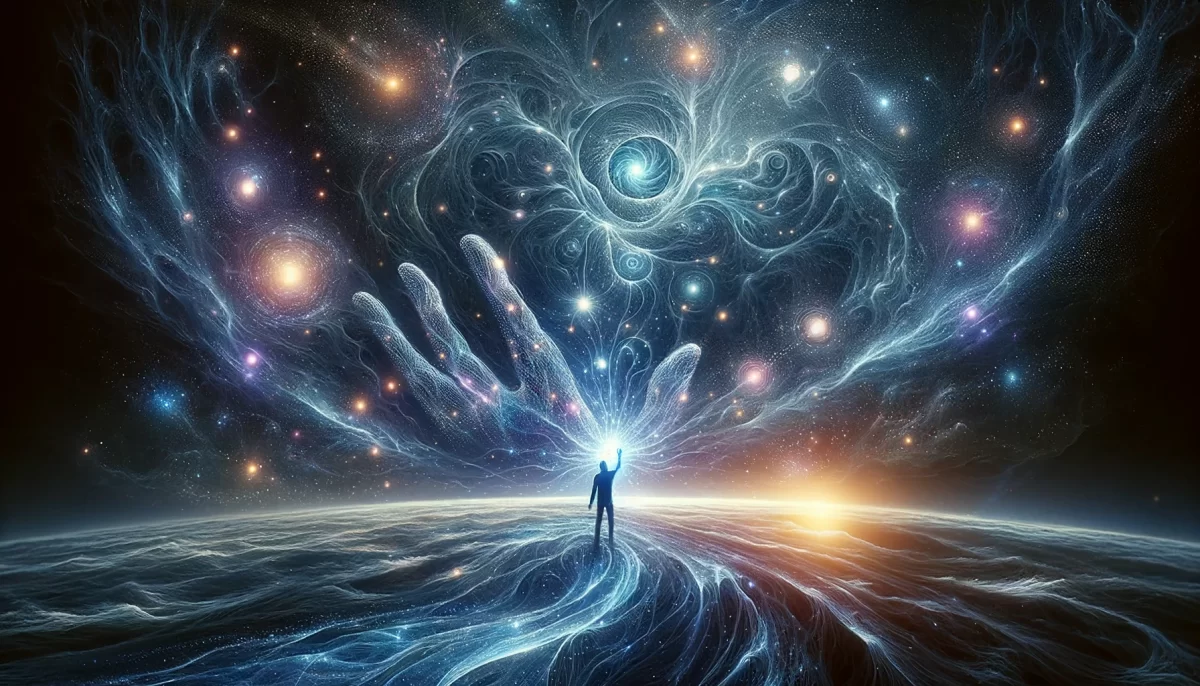
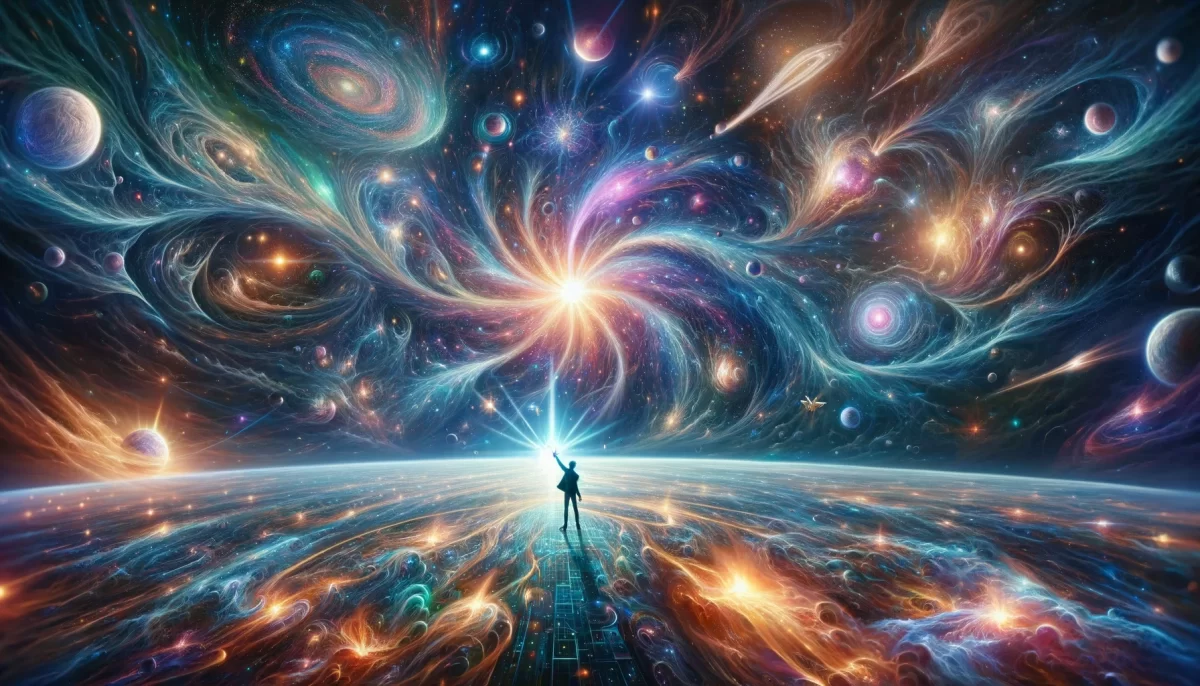
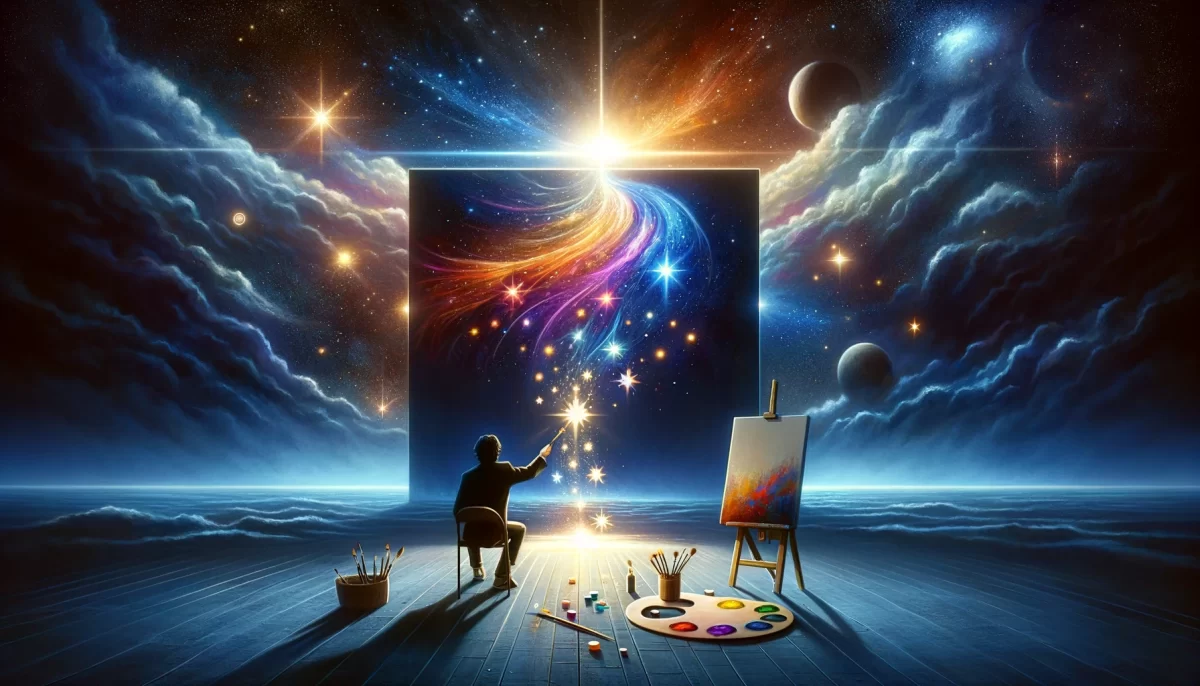
Leave a Reply